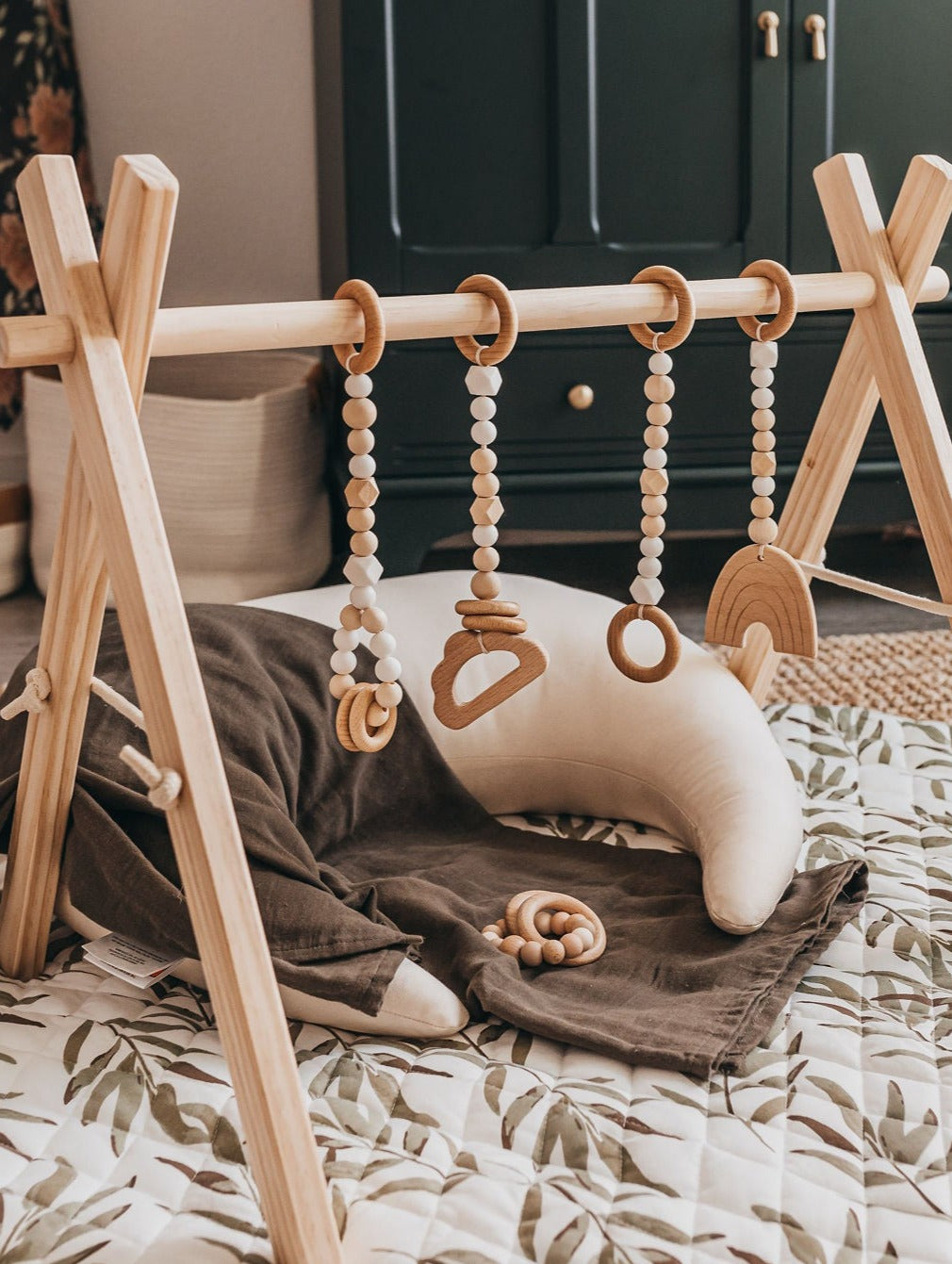Ever before questioned that stands behind the exceptional service and competent workmanship at Legacy Restoration? You’re not the only one. Many people browsing for restoration services or discovering the company wish to know Meet the Legacy Restoration Group. Behind every effective task is a team of dedicated specialists dedicated to high quality, integrity, and consumer fulfillment. If you wonder concerning the faces and tales behind the firm, maintain analysis. You’ll find what makes this team stick out and why they’re the trusted selection for restoration requirements.
Why Knowing the Team Issues
When selecting a restoration company, trust fund is paramount. You want to guarantee that specialists are handling your home, specifically after damages triggered by weather, fire, or various other unfavorable occasions. Meet the Legacy Restoration Group gives transparency, revealing potential clients that the company isn’t practically service– it has to do with individuals that truly appreciate supplying superb outcomes. Comprehending the team’s experience and values can ease any type of problems and strengthen self-confidence in their abilities.
The Core Values that Drive the Legacy Restoration Team
Prior to diving right into individual staff member, it is very important to comprehend the concepts that direct their job:
Integrity: Doing straightforward collaborate with openness and fairness.
Excellence: Devoting to high-grade craftsmanship in every job.
Respect: Valuing clients’ requirements and maintaining communication open.
Dedication: Exceeding and past to recover your residential or commercial property and satisfaction.
These values are mirrored in each team member’s strategy to every project, large or small.
Satisfy the Secret Members of the Legacy Restoration Group
While every staff member plays a vital function, certain roles contribute in making certain effective job conclusion. Below’s a closer consider some of the core participants:
Task Managers
The foundation of any type of restoration task, project managers coordinate schedules, liaise with clients, and ensure everything runs efficiently. They have comprehensive experience in managing complex restoration jobs, sticking to safety requirements, and making certain timely completion. Their leadership warranties that clients remain notified which any kind of concerns are attended to immediately.
Proficient Craftsmen and Technicians
From carpenters and contractors to water damages specialists and painters, these professionals bring their proficiency to every task. They are trained to deal with a wide array of restoration obstacles with precision and care, ensuring that repair work blend effortlessly and support high criteria.
Customer Service Group
Fantastic tasks are sustained by superb interaction. The client service group at Legacy Restoration ensures customers are kept in the loop, concerns are answered, and worries are addressed. Their goal is to give a smooth, worry-free experience throughout.
Estimators and Workplace Personnel
Behind the scenes, estimators prepare exact bids, and office team manage scheduling, documentation, and logistics. Their performance assists streamline the process, guaranteeing that tasks start on schedule and spending plan.
Why Experience and Values Issue
The group’s consolidated experience spans years in the restoration industry, providing the knowledge to deal with challenges of all kinds. Whether it’s tornado damages, fire damage, or water intrusion, they adjust their approach to fit each unique scenario.
Beyond technical skill, their dedication to consumer complete satisfaction and honest criteria establishes them apart. Every project is a reflection of their online reputation– improved trust, professionalism and trust, and consistent results.
The Duty of Neighborhood and Client Focus
Satisfy the Legacy Restoration Group isn’t just about the individuals– it’s about a cumulative initiative to offer the neighborhood. Many employee are neighborhood, deeply accustomed to the locations they offer, and passionate about helping next-door neighbors rebuild. Their technique is individual, caring, and mindful per client’s requirements.
This deep community link makes them greater than simply provider– they’re companions in restoration and reconstructing initiatives.
Conclusion: Individuals Behind Your Restoration Success
Understanding Meet the Legacy Restoration Team reveals more than names and duties; it discovers a firm driven by specialized experts who prioritize quality, honesty, and area. When you choose a team such as this, you’re relying on knowledgeable hands and caring hearts to restore your home and satisfaction.
Fascinated in satisfying the team or discovering more concerning their job? Visit the Legacy Restoration homepage to see exactly how they can help bring your building back to life with professionalism and reliability and honesty. Since behind every successful task is a team dedicated to excellence– all set to serve you.
Interested about how the group can sustain your restoration needs? Reach out today and experience the trusted difference firsthand.
